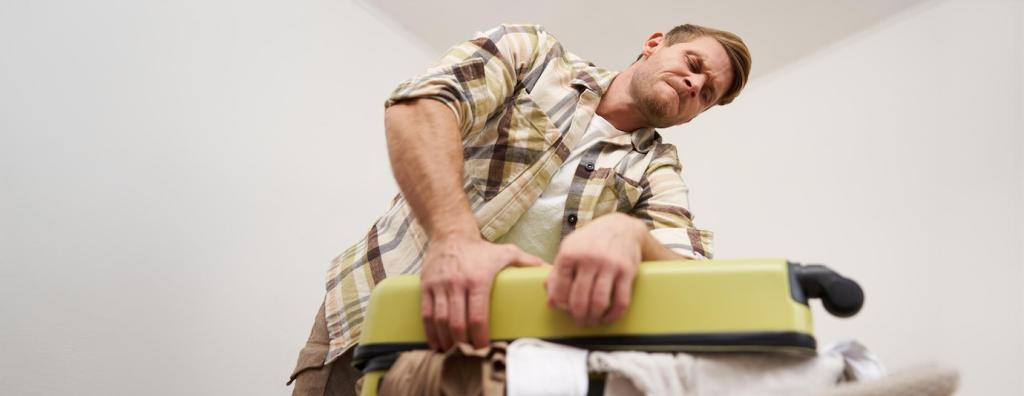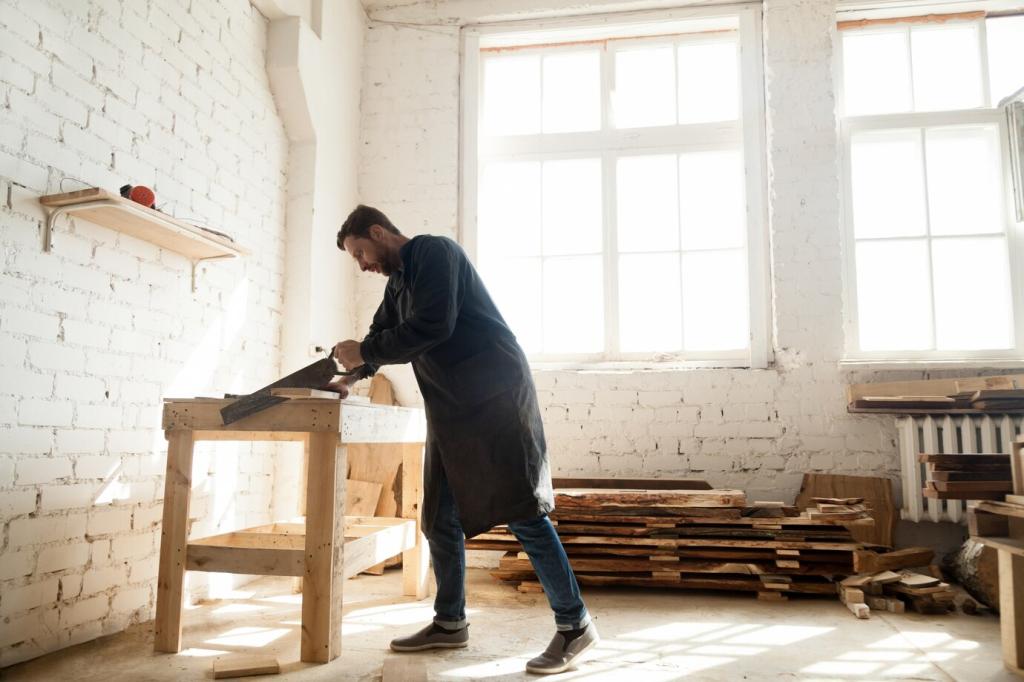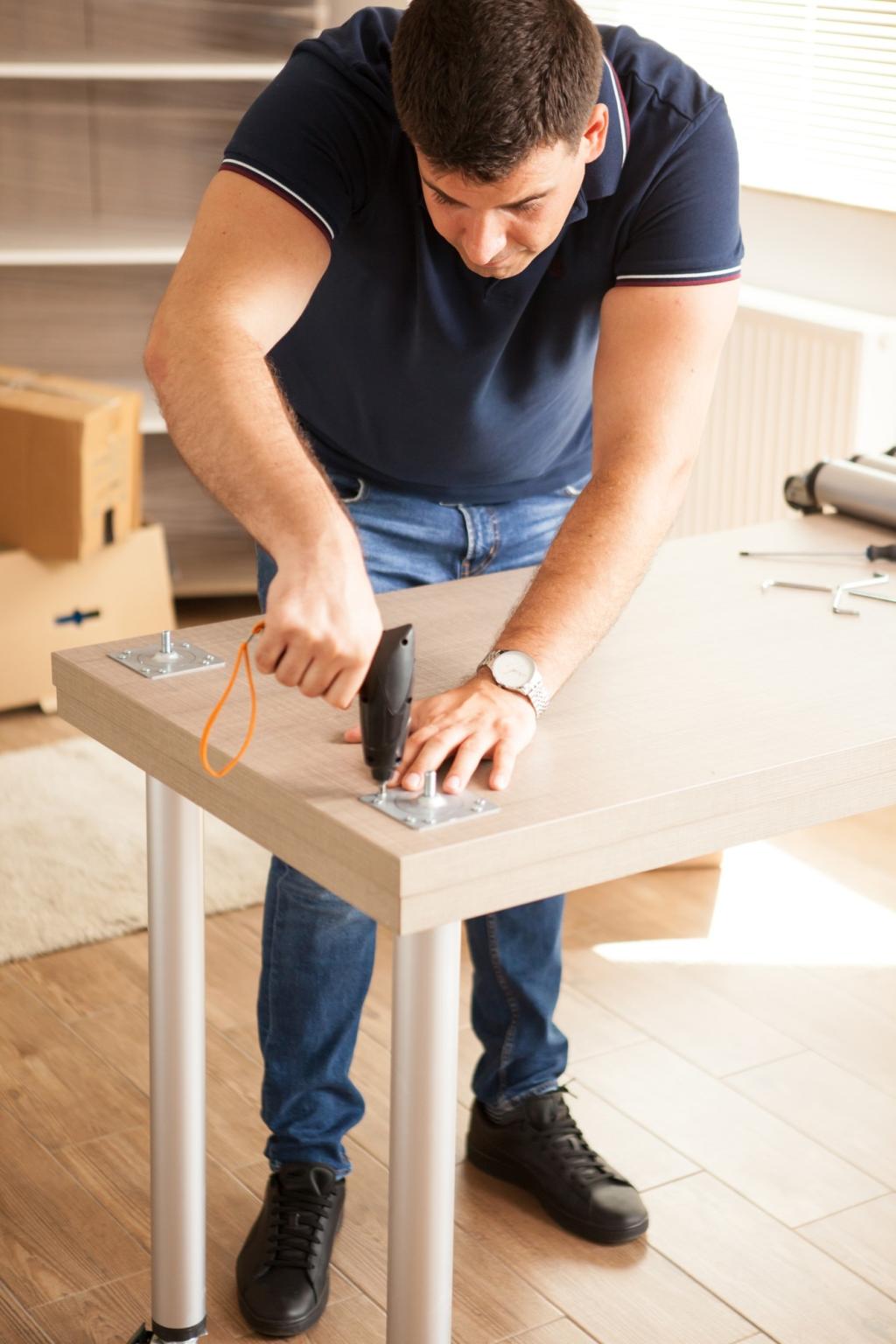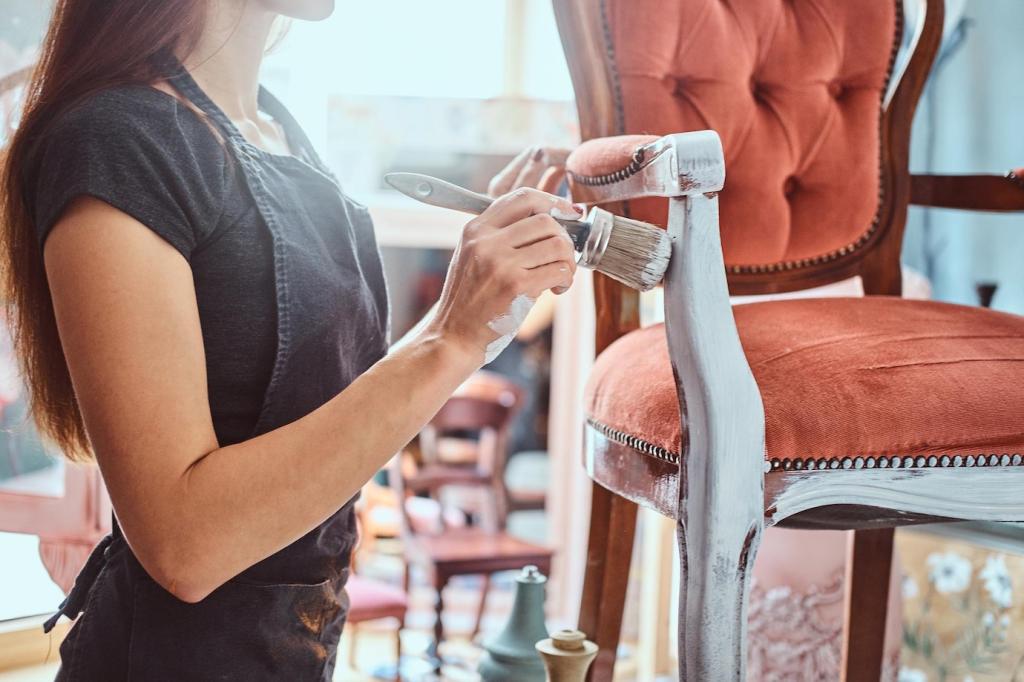Eco‑Friendly Furniture Cleaning for Enhanced Longevity
Chosen theme: Eco-Friendly Furniture Cleaning Methods for Enhanced Longevity. Welcome to a home where gentle, planet‑kind methods help your favorite pieces age gracefully. Learn practical routines, safe DIY formulas, and real stories that prove sustainability can be simple, beautiful, and effective. Share your tips and subscribe for green cleaning inspiration.

Know Your Materials, Naturally
Solid Wood and Bamboo Basics
Dust weekly with a dry microfiber cloth, then spot‑clean using a solution of warm distilled water and a few drops of mild castile soap. Wring cloths thoroughly, wipe with the grain, and dry immediately. Avoid vinegar on finished wood, which can dull coatings. Finish with a thin plant‑based or beeswax polish to nourish and shield.
Upholstery and Microfibers
Vacuum cushions and seams weekly with an upholstery attachment to remove abrasive grit. Deodorize fabric by sprinkling baking soda, waiting thirty minutes, and vacuuming thoroughly. For spots, blot gently with a mild soap-and-water mix, then air‑dry. Always check the care code first—W, S, WS, or X—to choose a safe, low‑impact approach.
Leather and Vegan Leather Care
Wipe dust with a soft dry cloth, then clean using distilled water plus a tiny drop of pH‑balanced soap. Never saturate, and always dry in the shade. Condition occasionally with a light, plant‑based balm to keep fibers supple. Avoid ammonia, bleach, and straight vinegar, which can dry or damage delicate finishes, shortening furniture life.
DIY Green Cleaning Solutions That Work
Gentle All‑Purpose, Wood‑Safe Cleaner
Combine two cups of warm distilled water with one teaspoon of unscented castile soap. Lightly dampen a microfiber cloth, clean small sections, and immediately dry. This solution lifts everyday grime without stripping finishes. For sheen and protection afterward, buff sparingly with a beeswax‑based polish—never oil‑soak the surface, which attracts dust.
Fabric Deodorizer and Spot Mix
For freshness, sprinkle baking soda generously over cushions, wait half an hour, and vacuum well. For spots, mix one cup distilled water with one teaspoon castile soap and one tablespoon white vinegar, then test on an inconspicuous area. Blot, don’t rub. Rinse with plain water, blot again, and let air‑dry completely for best results.
Streak‑Free Glass and Metal Polish
Mix equal parts distilled water and white vinegar in a reusable spray bottle. Mist lightly onto glass or metal legs, then polish with a clean microfiber cloth. Avoid spraying onto adjacent wood or stone; vinegar can etch stone surfaces. For a citrus‑fresh twist, infuse the vinegar with lemon peels, then strain before mixing.

Sustainable Stain Rescue, Step by Step
Place a clean cotton cloth over the mark and use a warm iron on low for a few seconds at a time, checking frequently. The gentle heat helps release trapped moisture from the finish. Follow with a light application of beeswax‑based polish to even the sheen and add a subtle protective barrier.


Sustainable Stain Rescue, Step by Step
Blot immediately with a plain, absorbent cloth—never rub. For many fabrics, a splash of club soda and gentle blotting lifts fresh stains. For lingering discoloration on colorfast textiles, a diluted, color‑safe oxygen bleach can help; test first. Enzyme‑based, biodegradable cleaners tackle food proteins effectively without harsh fumes or residue.
A Seasonal Care Calendar
Dust weekly, vacuum upholstery weekly, and deep‑clean quarterly. Condition leather seasonally and nourish wood twice a year with a light, plant‑based polish. Set calendar reminders so tasks stay simple and quick. Consistency means fewer harsh interventions, less product waste, and a calmer, cleaner home that ages gracefully.
Sunlight, Heat, and Humidity
Maintain indoor humidity around forty to fifty‑five percent to protect wood and leather from cracking or swelling. Shield pieces from direct sun with sheer curtains, rotate cushions to distribute wear, and keep furniture a few inches from radiators or vents. These gentle precautions significantly extend appearance and structural integrity.
Protective Habits with Style
Use coasters, trays, and washable throws to intercept spills and oils, especially on armrests and headrests. Add felt pads under legs to prevent floor scratches and reduce wobble. In our home, these tiny routines survived toddler years and movie nights alike. What simple habit has saved your furniture most often?
Real‑Life Story: The Chair That Learned to Shine Again
The Discovery at a Neighborhood Yard Sale
I found a sturdy oak chair for five dollars—solid bones but dull, cloudy finish. The seller shrugged, swearing it was “cleaned weekly.” The problem wasn’t neglect; it was the wrong products. Layers of silicone spray masked the wood’s glow and trapped dust, making it look lifeless despite frequent wiping.
The Gentle Rescue, Step by Step
I started with a dry microfiber dusting, then cleaned carefully using warm distilled water and a few drops of castile soap, wringing the cloth thoroughly. After drying, I applied a thin beeswax and jojoba balm, buffing with patience. No stripping, no fumes—just a quiet afternoon and a simple, restorative routine.
The Result and What Lasted
A week later, the surface felt clean rather than sticky, and the grain finally showed depth again. Months on, dust doesn’t cling, and quick wipe‑downs are enough. That five‑dollar chair now anchors our breakfast nook. Share a photo of your own eco‑renewal story, and subscribe for more mindful makeovers.
